The final product formed by the ozonolysis of compound RCH=CR2 is
RCHO
R2CO
Both (a) and (b)
None of these
The correct Answer is:C
To determine the final product formed by the ozonolysis of the compound RCH=CR2, we can follow these steps:
Step 1: Understand Ozonolysis
Ozonolysis is a reaction where ozone (O₃) reacts with alkenes to cleave the double bond and form carbonyl compounds. The reaction typically involves the formation of an ozonide intermediate, which is then reduced (often using zinc, Zn) to yield the final products.
Step 2: Identify the Structure of the Compound
The compound given is RCH=CR2. This indicates that we have a double bond between a carbon atom attached to a substituent R and another carbon atom that has two substituents R.
Step 3: Reaction with Ozone
When RCH=CR2 undergoes ozonolysis, the double bond will break. The ozone will add across the double bond, forming an ozonide intermediate.
Step 4: Cleavage of the Ozonide
The ozonide will then be reduced, typically using zinc in an acidic medium. This reduction will lead to the formation of carbonyl compounds. Specifically, the products will be:
- An aldehyde from the carbon that was initially bonded to R (which is now RCHO).
- A ketone from the carbon that was bonded to two R groups (which is now R2CO).
Step 5: Identify the Final Products
Thus, the final products formed from the ozonolysis of RCH=CR2 are:
- One molecule of aldehyde RCHO
- One molecule of ketone R2CO
Conclusion
The final products of the ozonolysis of the compound RCH=CR2 are RCHO (aldehyde) and R2CO (ketone).
Ozonolysis is a reaction where ozone (O₃) reacts with alkenes to cleave the double bond and form carbonyl compounds. The reaction typically involves the formation of an ozonide intermediate, which is then reduced (often using zinc, Zn) to yield the final products.
The compound given is RCH=CR2. This indicates that we have a double bond between a carbon atom attached to a substituent R and another carbon atom that has two substituents R.
When RCH=CR2 undergoes ozonolysis, the double bond will break. The ozone will add across the double bond, forming an ozonide intermediate.
The ozonide will then be reduced, typically using zinc in an acidic medium. This reduction will lead to the formation of carbonyl compounds. Specifically, the products will be:
- An aldehyde from the carbon that was initially bonded to R (which is now RCHO).
- A ketone from the carbon that was bonded to two R groups (which is now R2CO).
Thus, the final products formed from the ozonolysis of RCH=CR2 are:
- One molecule of aldehyde RCHO
- One molecule of ketone R2CO
The final products of the ozonolysis of the compound RCH=CR2 are RCHO (aldehyde) and R2CO (ketone).
Topper's Solved these Questions
- HYDROCARBONBOOK - ERRORLESS CHAPTER - HYDROCARBONEXERCISE - ORDINARY THINKING (Objective question) (ALKYNE)
120 Videos
- HYDROCARBONBOOK - ERRORLESS CHAPTER - HYDROCARBONEXERCISE - ORDINARY THINKING (Objective question) (AROMATIC HYDROCARBON)
128 Videos
- HYDROCARBONBOOK - ERRORLESS CHAPTER - HYDROCARBONEXERCISE - JEE SECTION (Matrix Match type questions)
6 Videos
- HALOGEN CONTAINING COMPOUNDBOOK - ERRORLESS CHAPTER - HALOGEN CONTAINING COMPOUNDEXERCISE - Critical Thinking (Jee (Advanced) 2018)
1 Videos
- IONIC EQUILIBRIUMBOOK - ERRORLESS CHAPTER - IONIC EQUILIBRIUMEXERCISE - JS Jee Section (JEE Advanced (Numeric answer type question))
1 Videos
Similar Questions
Knowledge Check
The products formed by the ozonolysis − hydrolysis of compound of formula C5H8 are
CH3−CH2−CH2−COOH and CO2. The compound isApent−1−yneBpent−2−yenCpent−1,4−dieneDpenta−1,3−dieneThe final product formed in this reaction is :
 A
A B
B C
C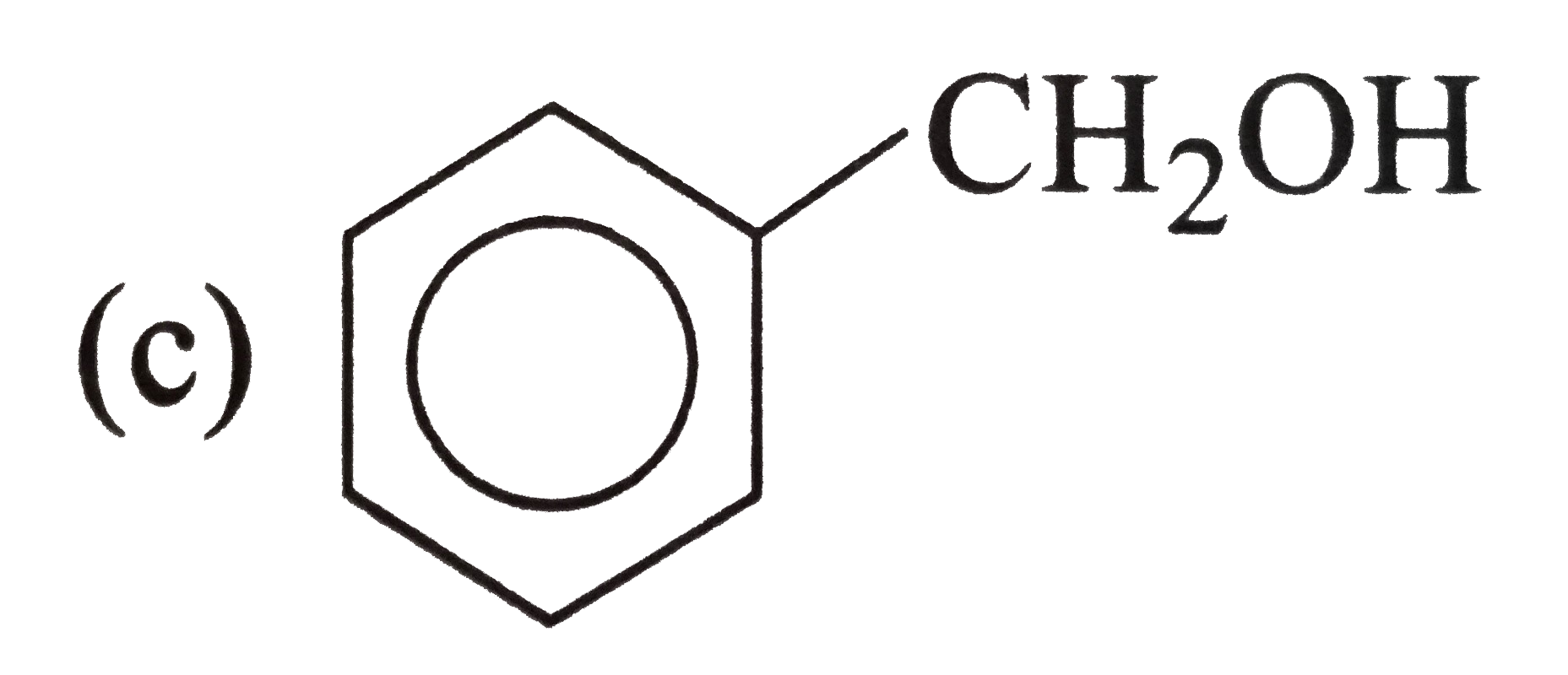 D
D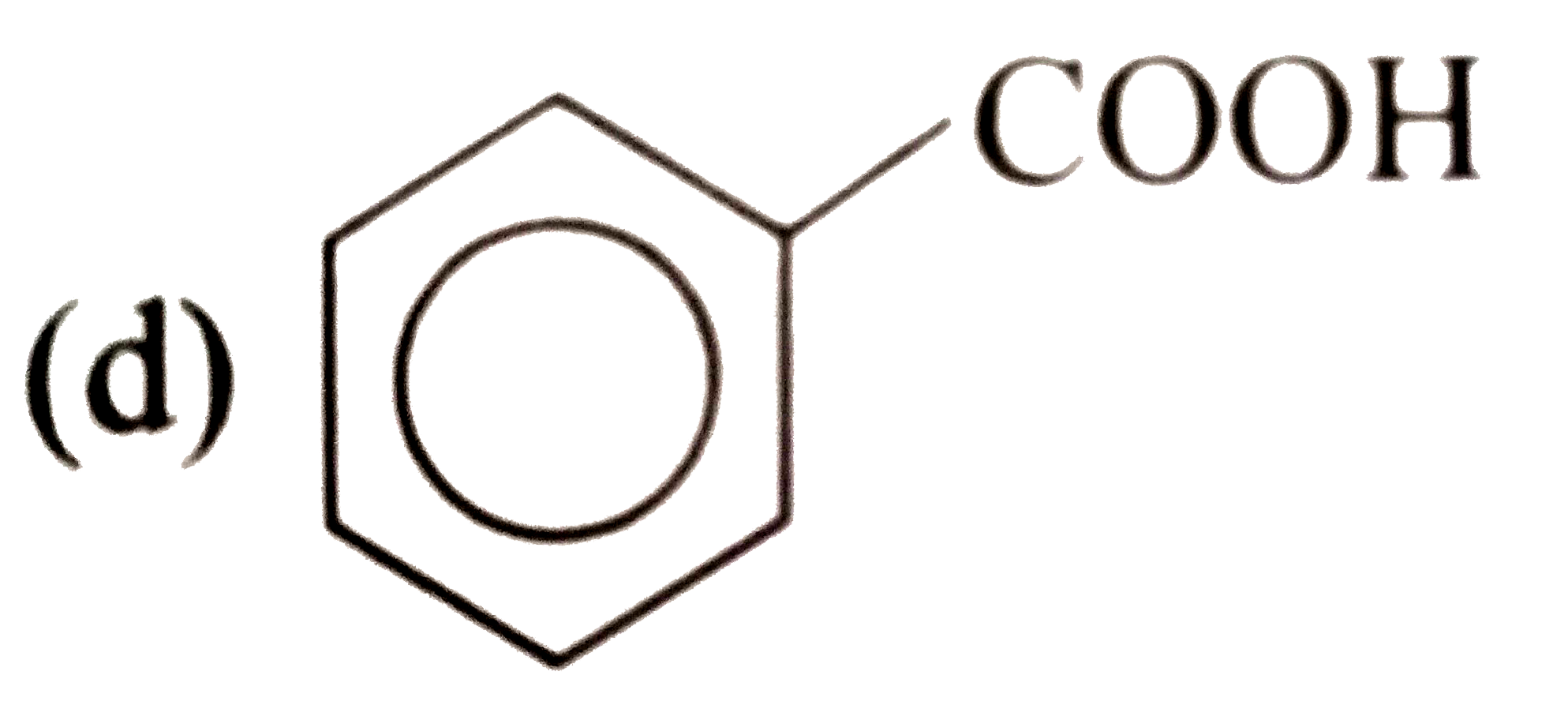
The final product (Y) formed in the reaction
 A
A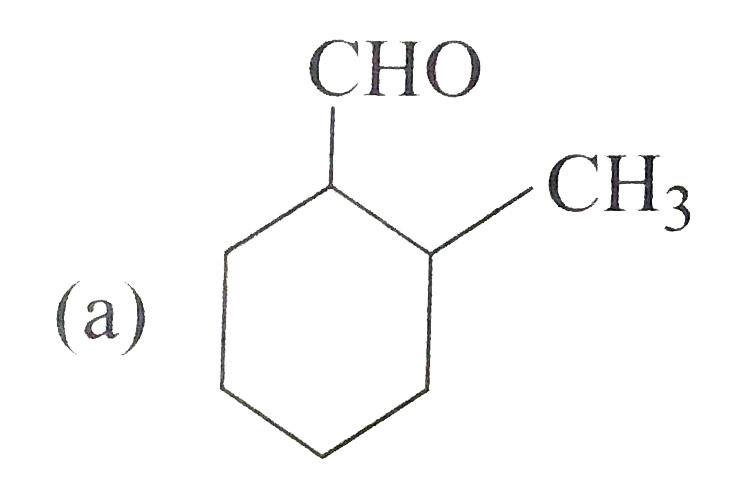 B
B C
C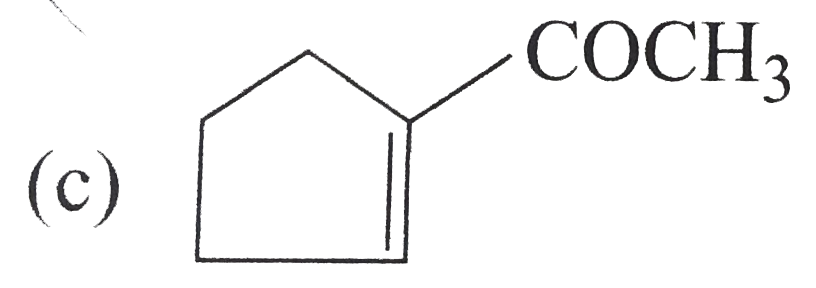 D
D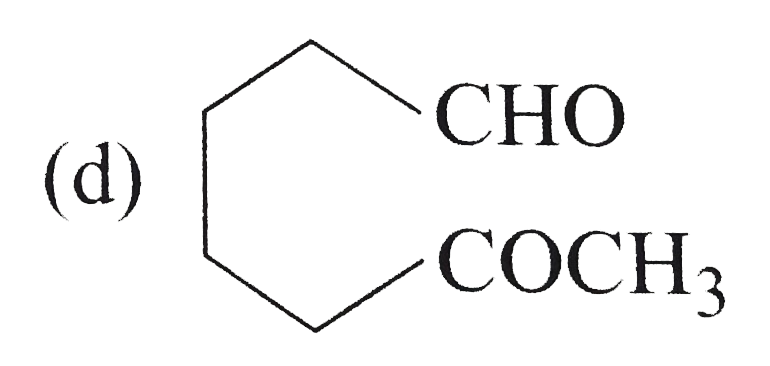
What are the products formed by reductive ozonolysis of penta-1,3-diene?
View SolutionIdentify the product of reductive ozonolysis of toluene ?
View SolutionThe final product formed during fermentation is
View SolutionThe final product formed when ethyne and acetic acid
View Solution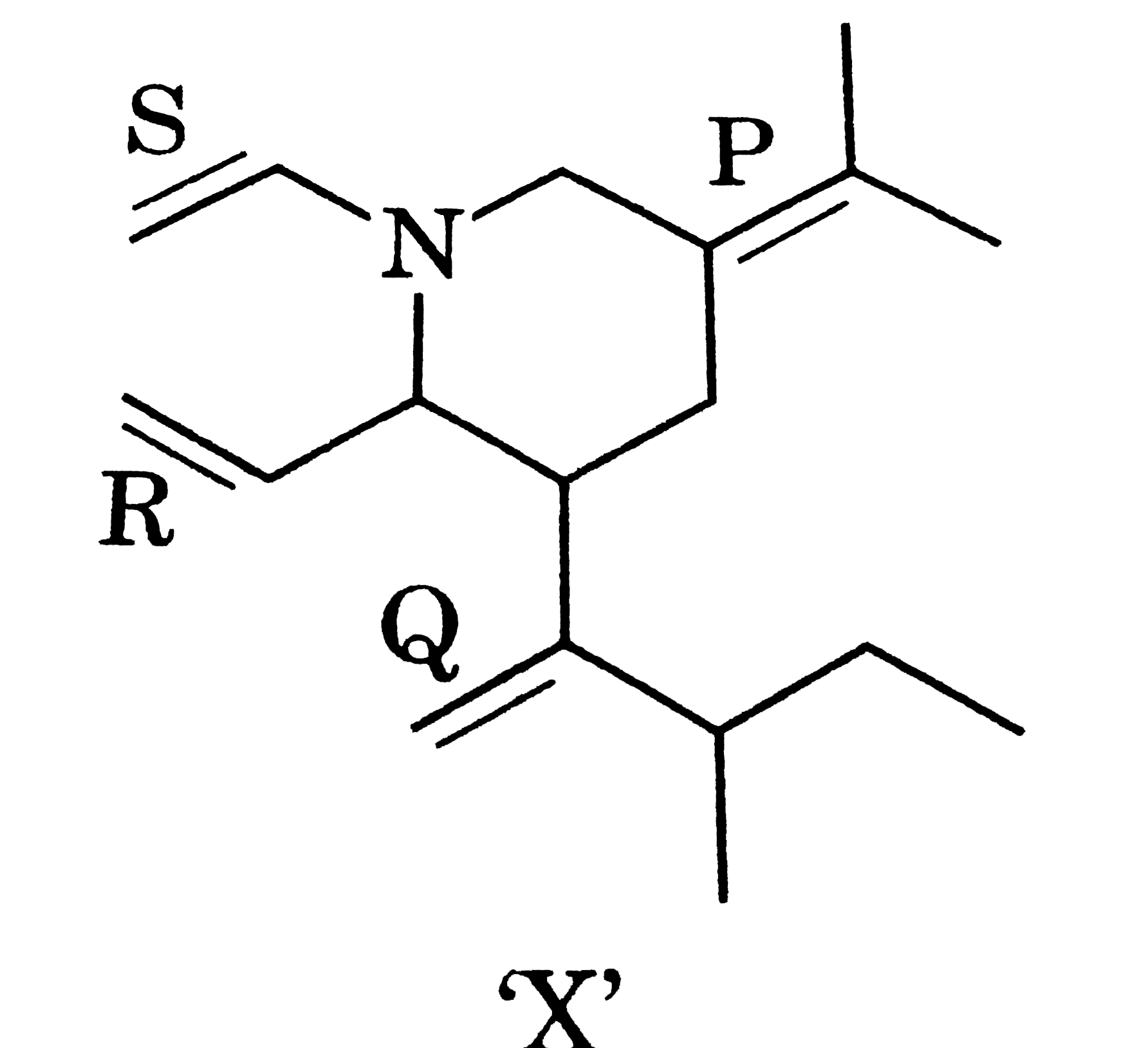
Number of possible stereoisomers of that product obtained on reductive ozonolysis for compound X which is capable of showing stereoisomerism:
View Solution


